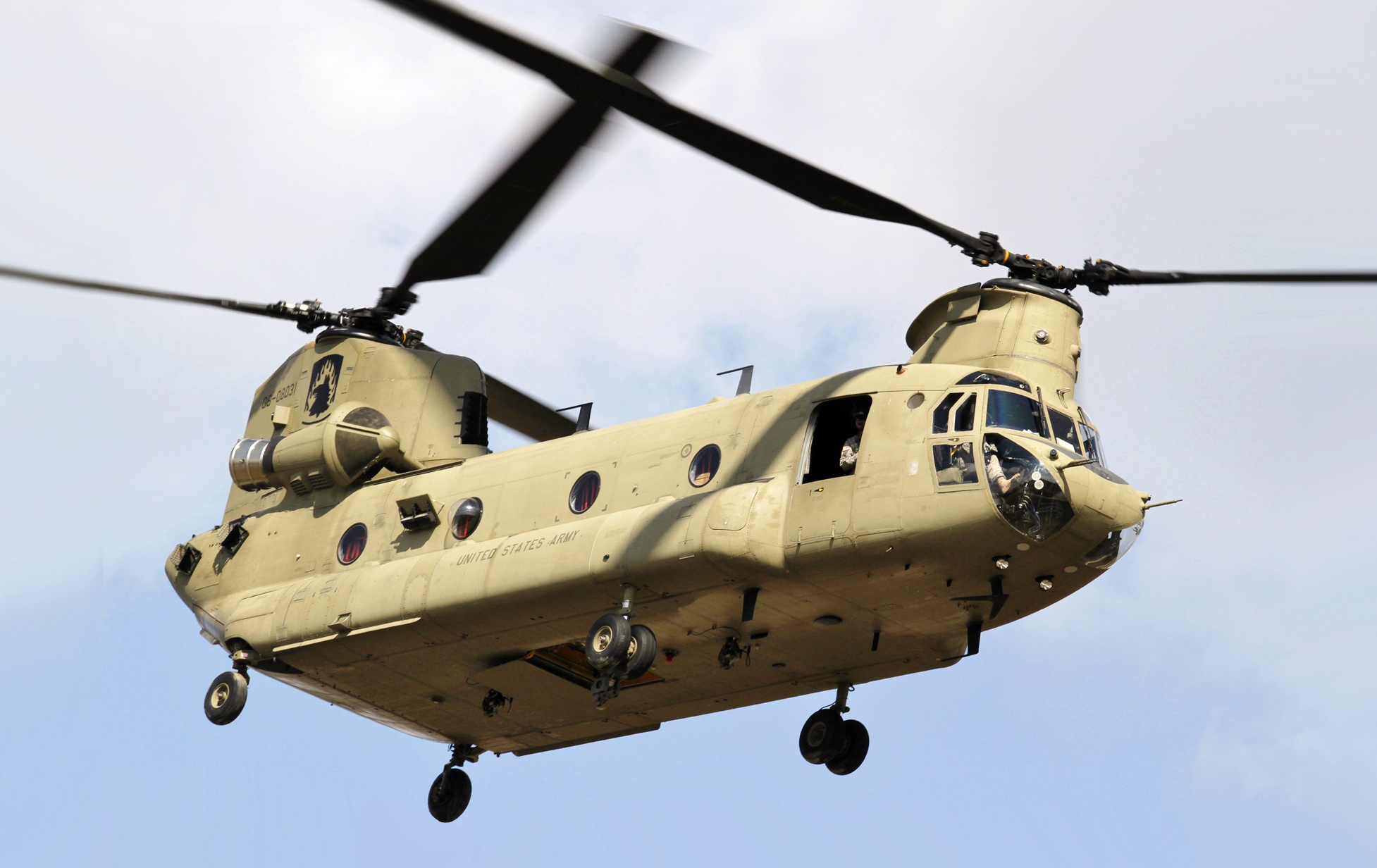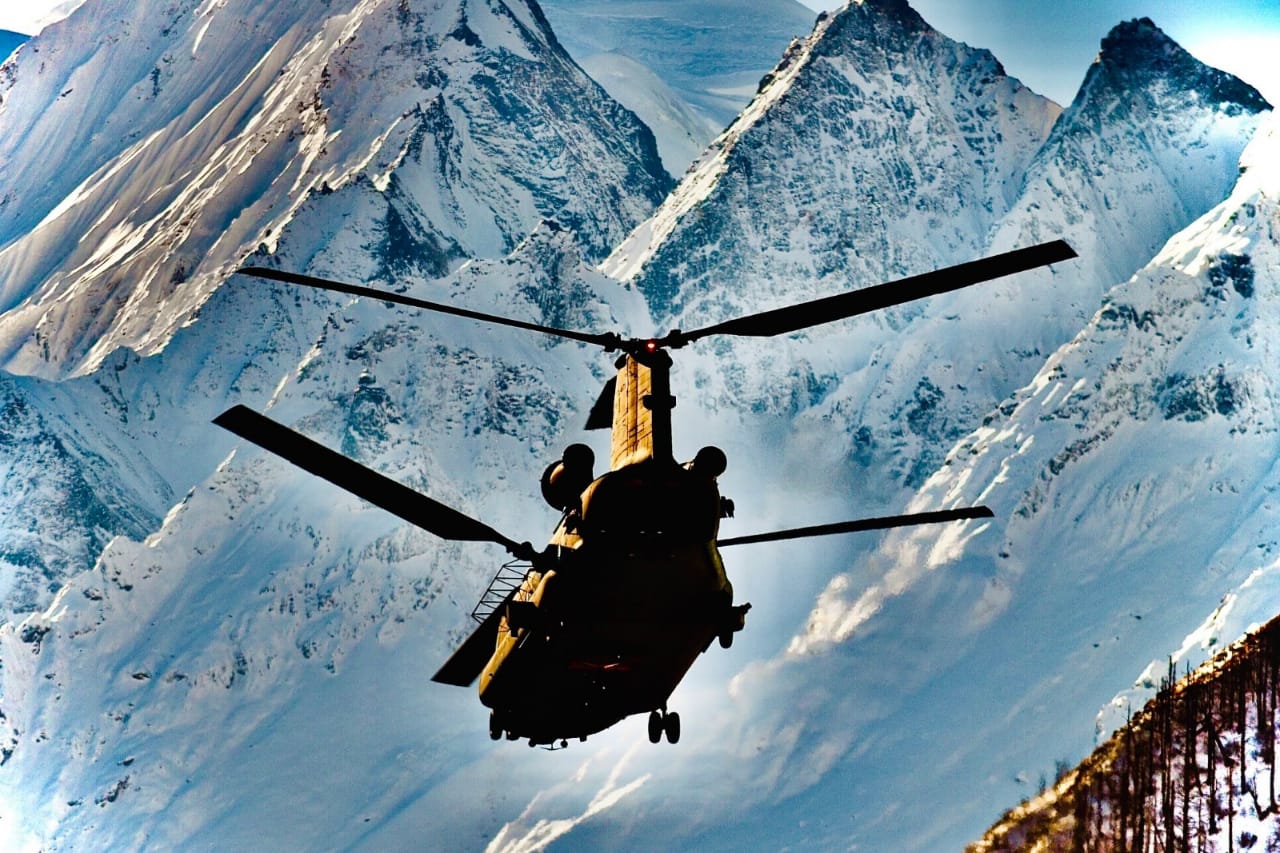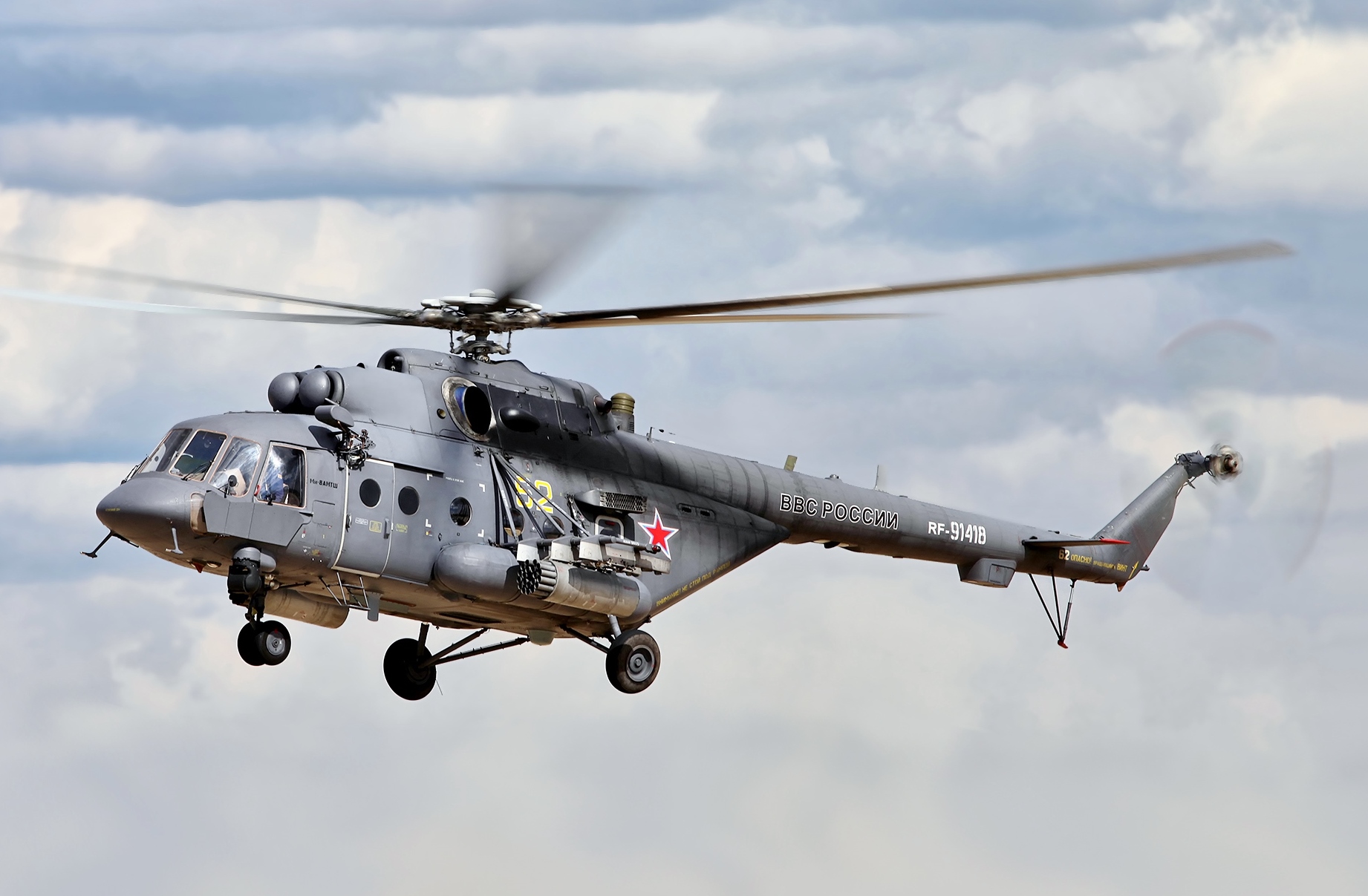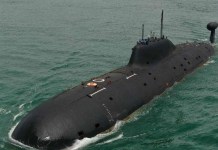The US ambassador in Manila announced on October 14 that Washington had provided the Philippines with $100 million in foreign military funding. The cash is intended to boost the military modernization and defense capabilities of the Philippines.
Ambassador MaryKay Carlson stated at a press conference on board the USS Ronald Reagan, which is making a scheduled port call in Manila, that “the United States has now provided $100 million in foreign military funding in part for the Philippine military to use as they wish.”
The amount, Carlson continued, could be used by the Philippines to “compensate” for its choice to scrap a P12.7 billion ($227.35 million) deal with Russia.
From 2015 to 2022, the Philippines received $1.14 billion worth of aircraft, armored vehicles, small guns, and other military equipment and training from the United States, making it the largest beneficiary of foreign military aid in the Indo-Pacific region.
The latest military spending reflects strengthened defense ties between the treaty partners under President Ferdinand Marcos Jr. The relations between America and the Philippines, its longest treaty partner in Asia, deteriorated Significantly under the administration of former President Rodrigo Duterte.
President Marcos, who met with his US counterpart Joe Biden last month, also welcomed the visit of the USS Ronald Reagan and reaffirmed his pledge to maintain peace and stability in the South China sea.
Following its participation in joint maritime drills between the United States and South Korea, the nuclear-powered warship made its first port call in three years in the Philippines.
Cancellation Of Mi-17 helicopter Deal With Russia
Following the cancellation of a deal worth 12.7 billion pesos ($227.35 million) with Moscow to evade sanctions, the Philippines is now looking to purchase heavy-lift Chinook helicopters from the US.
On August 15, the Philippine ambassador to Washington announced the plan during an online press conference hosted by Manila-based foreign correspondents.
Ambassador Jose Romualdez, Rodrigo Duterte, president at the time (June 2022), approved canceling the agreement to purchase 16 Russian Mi-17 helicopters because he was worried about potential Western sanctions.
In particular, those western sanctions could make it more difficult for Filipino workers to send money home quickly from the United States and other Western nations. “I think it was prudent, especially for President Duterte, to approve the cancellation of that contract because it can save us a lot of trouble,” Romualdez said.
Romualdez noted that Washington did not pressure the Philippines to abandon the Russian agreement. However, he remarked that following Russia’s invasion of Ukraine in February, Western sanctions might be imposed on nations that buy Russian equipment.

The Chinooks, according to Romualdez, will replace the country’s current hardware for troop transportation and disaster preparedness. He further revealed that Washington was open to negotiating a deal for the amount the Philippines was planning to spend on the Russian helicopters. The agreement will probably cover maintenance, service, and parts.
Delfin Lorenzana, the former defense secretary of the Philippines, and Lloyd Austin, his American counterpart, also discussed the USA’s offer to sell Boeing CH-47 Chinooks in 2021.
This offer was made even before key cabinet members convinced Duterte to withdraw from the agreement with Russia.
Two Philippine officials who spoke to the Associated Press on anonymity said that Sonny Dominguez, the finance secretary, forewarned Duterte at the time that Western nations might withhold aid that could support the Philippines to recover from coronavirus outbreaks.
Last month, Lorenzana officially announced that the contract to secure Russia’s helicopters had been canceled. The new President Ferdinand Marcos Jr. has appointed Lorenzana to lead a government agency in charge of converting former military bases into business hubs.

The Question Over The Status Of Initial Payment
The Philippines is negotiating with Russia to get its $38 million down payment for the helicopters, which were expected to be delivered in November 2023, or 24 months after the deal was signed.
Romualdez argued that the Duterte administration’s purchase of the Russian military transport helicopters required an initial payment of about $38 million from the Philippine government. So, he advised Marcos Jr and his top defense-foreign officials to request the Russians for additional weapons or equipment that the down payment would cover.

“Definitely, we will not just simply say goodbye to that money,” Romualdez said. “It’s still a big amount as far as we’re concerned.” The Philippines has spent over five years updating its outdated military equipment, including warships from World War II and helicopters used by the United States in the Vietnam War.
The Philippines has long struggled to modernize its military, among the least well-funded in Asia, to combat long-running Muslim and Communist insurgencies and safeguard its territories in the disputed Waters.
Mi-17 Vs. Chinook CH-47 Helicopter
The Mi-17 and Chinook CH-47 are multi-mission helicopters that can deliver personnel, weapons, supplies, and equipment to the front lines. The two helicopters can also be employed for medical evacuation, aircraft recovery, parachute drops, search and rescue, disaster relief, and firefighting operations.
The maximum payload capacity of the Russian helicopter is nearly 7,000 kilograms, compared to the Chinook’s approximately 10,000-kilogram payload capacity. The Russian helicopter can carry about 36 armed soldiers, whereas the US-made chopper can carry 55 troops.
The Mi-17 has a height of 5.7 meters and a width of 2.5 meters. On the other hand, the US-made helicopter has a height and width of 5.68 meters and 3.78 meters, respectively.
The Mi-17 flew for the first time in 1975-1976, and production began in 1977. The first flight of the US-made Chinook helicopter took place in September 1961, and production began in 1962.
Both aircraft can carry the same number of personnel in the cockpit. Chinook can accommodate two pilots and an observer in the cockpit. Similarly, the Russian helicopter has a crew of three, including the pilot, co-pilot, and flight engineer.
The MH-47E Chinook for special forces is equipped with the ATK AN/AAR-47 missile approach warner, Northrop Grumman ALQ-162 Shadowbox jammer, and ITT ALQ-136(V) pulse jammer, Raytheon APR-39A radar warner, and BAE Systems Integrated Defense Solutions (formerly Tracor) M-130 chaff and flare dispenser.
On the other hand, the latest variant of the Russian chopper, Mi-17V5, is equipped with Shturm-V missiles, S-8 rockets, a 23mm machine gun, PKT machine guns, and AKM sub-machine guns. To aim the weapons, it has eight firing posts.
The crew’s onboard armament enables them to engage enemy personnel, armored vehicles, ground targets, fortified fire posts, and other stationery and moving targets.
- Contact the author at ashishmichel@gmail.com
- Follow EurAsian Times on Google News




